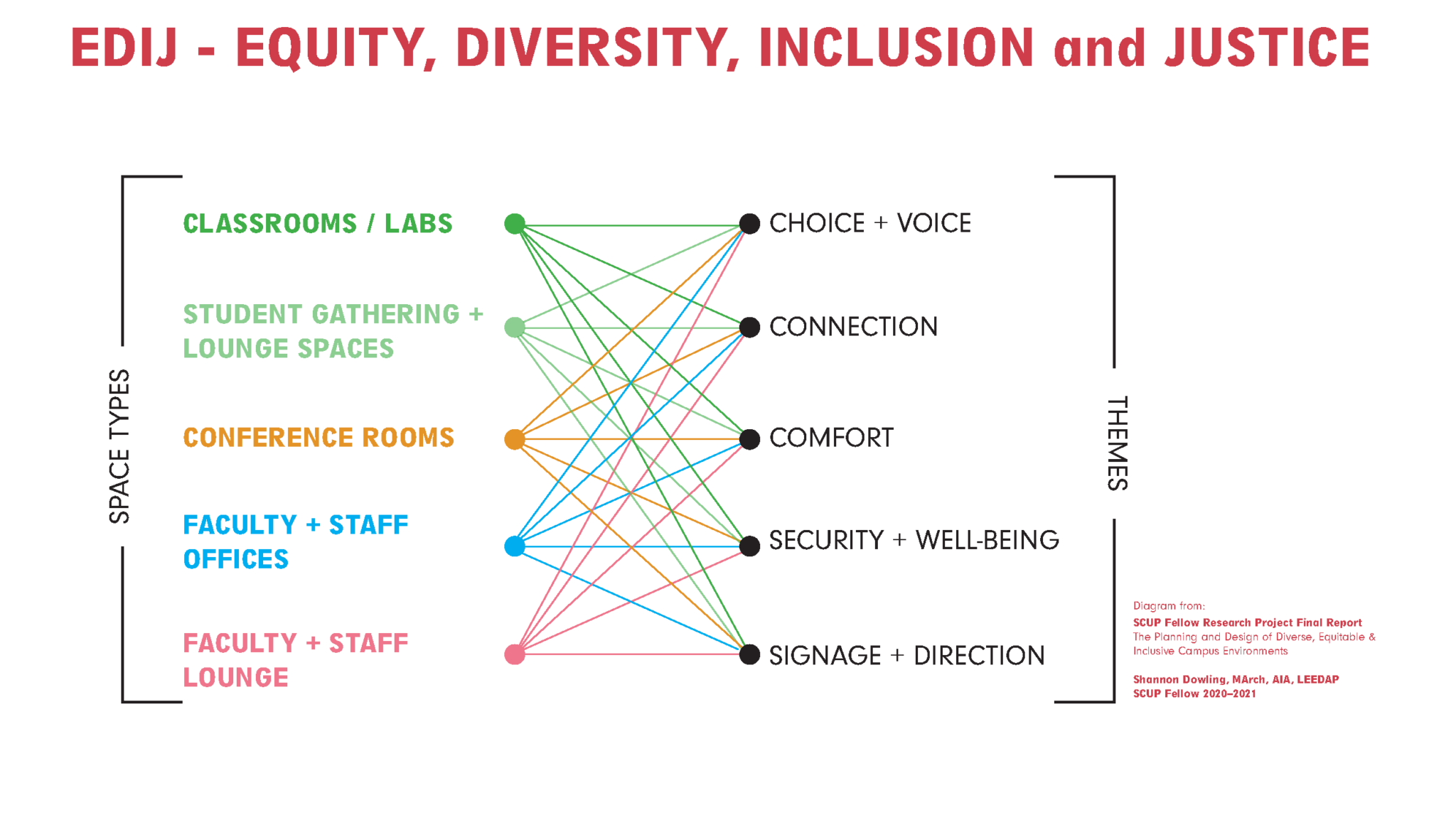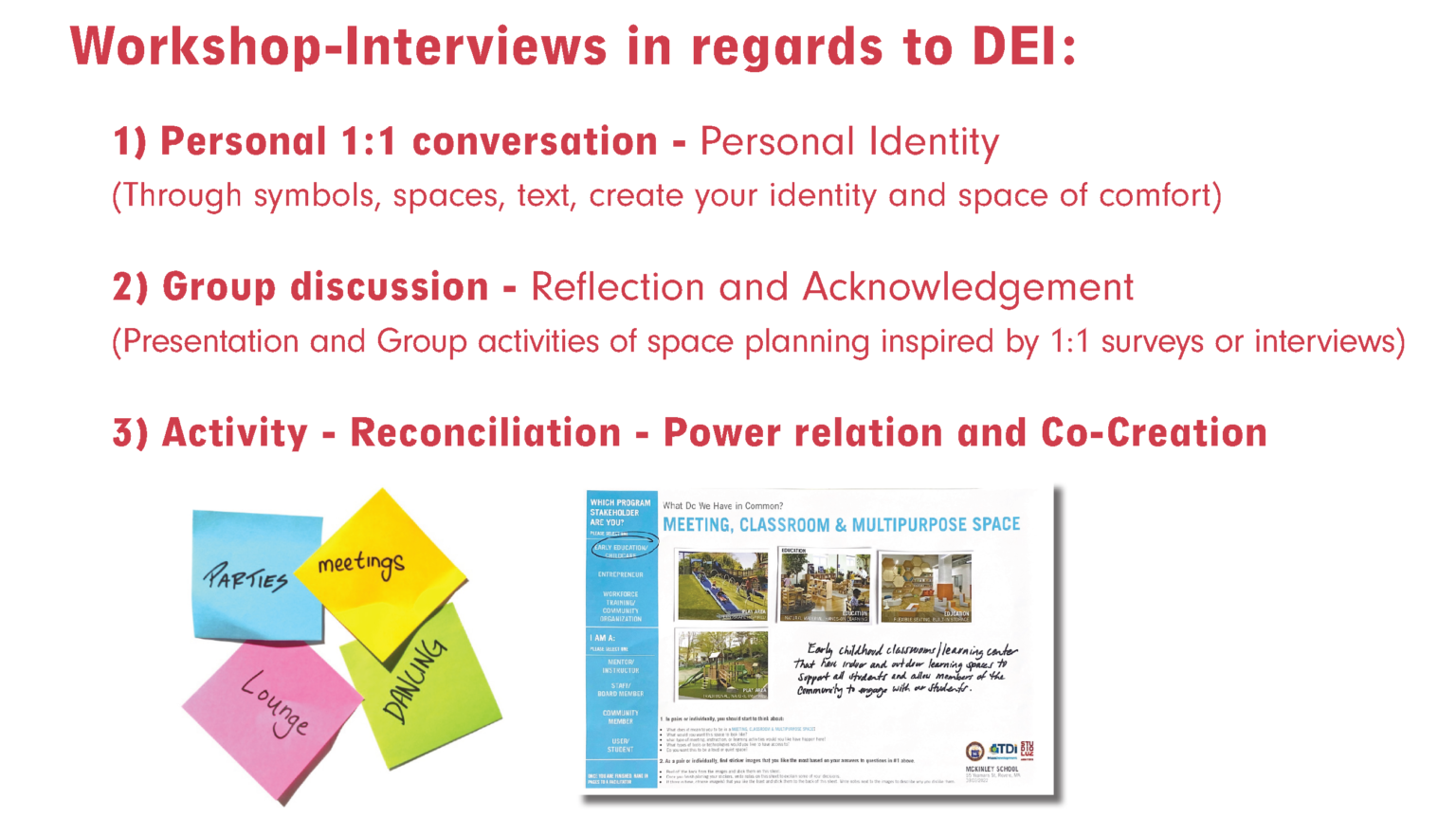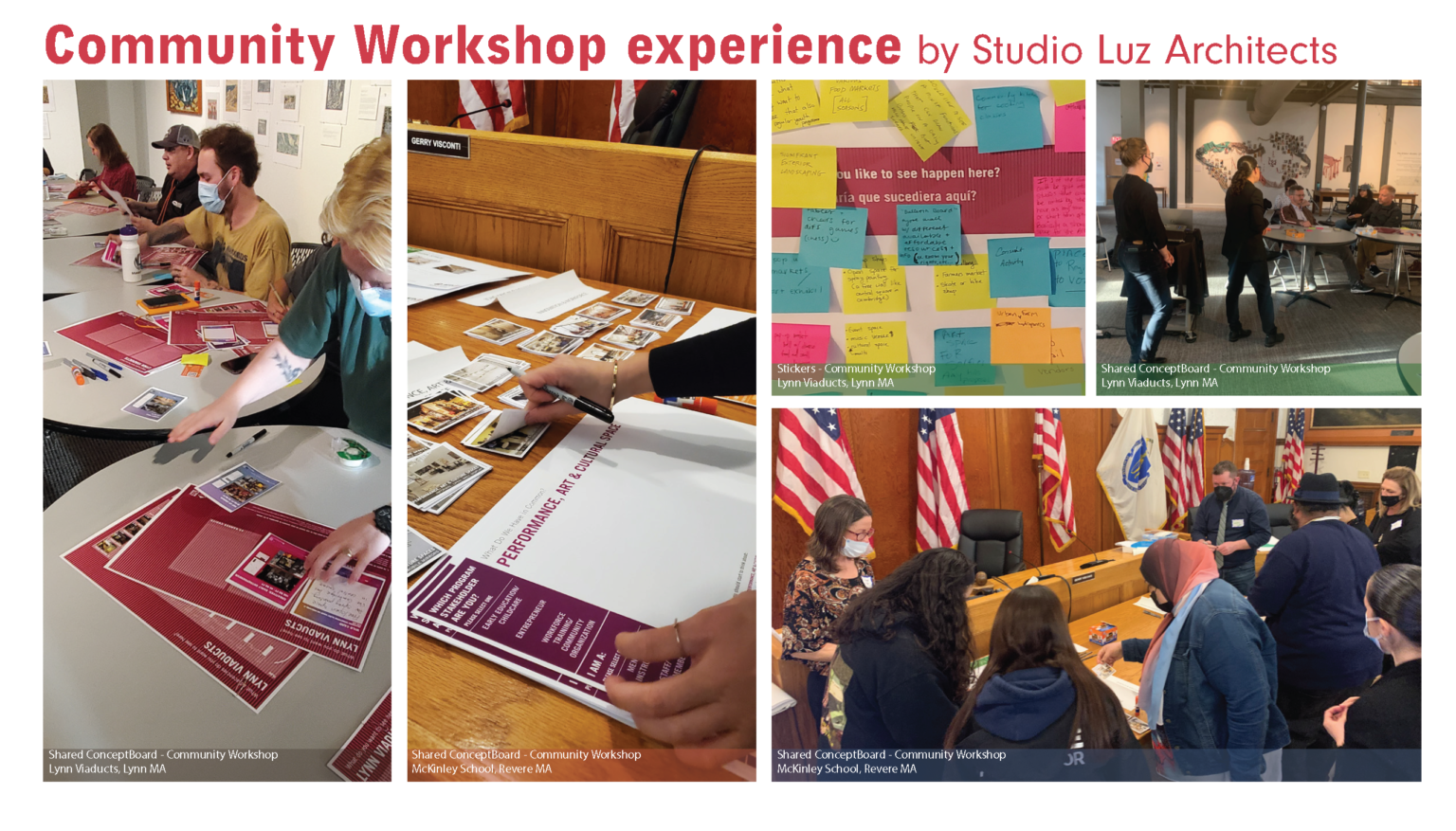By funkhaus
How can campus designers, planners, and institutional partners ensure the physical environment is welcoming and inclusive to students of color? What values manifest in the built environment, and what metrics can we apply to our projects to assure that our physical campus environments embody the mission, vision, and values of the universities they house?
These questions, posed by Architect and Space Analyst Shannon Dowling in her study “The Planning and Design of Diverse, Equitable and Inclusive Campus Environments,” are critical to ask while designing for educational institutions. Architecture and design have the potential to push towards true equity, and at Studio Luz, we believe we are responsible as a company for exploring those possibilities when working on projects for academic spaces, where the impact on students is immediate and direct.
Dowling notes in her study that “students only spend approximately 7 to 10 percent of their time each week in the instructional environment” — a surprisingly low amount of time. With this in mind, it’s clear that designers need to think beyond the classroom when working on institutional projects. What do students need outside the classroom to feel welcome and supported? In order to achieve our goals of equity, diversity, justice, and inclusion, we need to create spaces — both instructional and otherwise — that nurture students’ self-exploration and self-expression.

According to Dowling, “College campuses offer students a safe space to test fit different personalities, preferences, and relationships as they move toward and through adulthood.” Simply put, these are places for students to explore who they are — and they are most likely to be successful in finding their identities, fostering a sense of belonging, and making social connections if they have access to spaces that respect and value them.
At Studio Luz, we work towards creating those spaces by designing with the qualities of choice, connection, comfort, belonging, and wellbeing at top of mind. We center the needs of students and communities, and discover what those needs are through the process of community engagement. With previous projects, this has looked like a combination of 1:1 conversations to understand the diverse personal identities of students, users and faculty and staff, group discussions to reflect, acknowledge and understand the collective, and activities that support reconciliation of differences, power relationships, and promote co-creation of future possibilities.

Though we are passionate about our values and their application in design and architecture, we recognize that some of these are newer considerations for many institutions. When researching her paper, Dowling realized that the institutions she interviewed “all agreed on the value that physical space creates a sense of belonging on campus, but many of them admitted that they were only beginning to explore the relationship between design and belonging.” We aim to continue to push for this exploration in our work, and to encourage institutions to prioritize inclusivity and equity for students.
Our work in higher education continues with our ongoing partnerships with Wellesley College, Northeastern University, Brown University and Massasoit Community College. To see more examples of our community and institutional work, click here.
